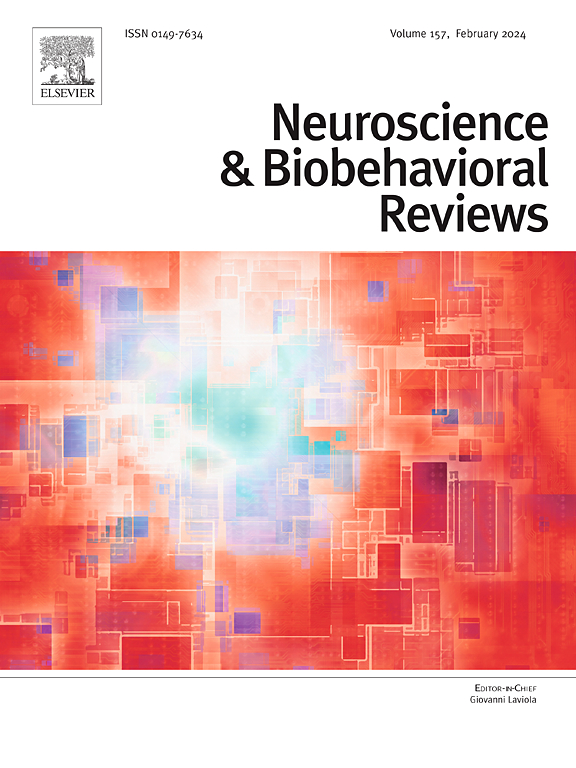Group-to-individual generalizability and individual-level inferences in cognitive neuroscience
IF 7.5
1区 医学
Q1 BEHAVIORAL SCIENCES
引用次数: 0
Abstract
Much of cognitive neuroscience research is focused on group-averages and interindividual brain-behavior associations. However, many theories core to the goal of cognitive neuroscience, such as hypothesized neural mechanisms for a behavior, are inherently based on intraindividual processes. To accommodate this mismatch between study design and theory, research frequently relies on an implicit assumption that group-level, between-person inferences extend to individual-level, within-person processes. The assumption of group-to-individual generalizability, formally referred to as ergodicity, requires that a process be both homogenous within a population and stationary within individuals over time. Our goal in this review is to assess this assumption and provide an accessible introduction to idiographic science (study of the individual) for the cognitive neuroscientist, ultimately laying a foundation for increased focus on the study of intraindividual processes. We first review the history of idiographic science in psychology to connect this longstanding literature with recent individual-level research goals in cognitive neuroscience. We then consider two requirements of group-to-individual generalizability, pattern homogeneity and stationarity, and suggest that most processes in cognitive neuroscience do not meet these assumptions. Consequently, interindividual findings are inappropriate for the intraindividual inferences that many theories are based on. To address this challenge, we suggest precision imaging as an ideal path forward for intraindividual study and present a research framework for complementary interindividual and intraindividual study.
求助全文
约1分钟内获得全文
求助全文
来源期刊
CiteScore
14.20
自引率
3.70%
发文量
466
审稿时长
6 months
期刊介绍:
The official journal of the International Behavioral Neuroscience Society publishes original and significant review articles that explore the intersection between neuroscience and the study of psychological processes and behavior. The journal also welcomes articles that primarily focus on psychological processes and behavior, as long as they have relevance to one or more areas of neuroscience.

 求助内容:
求助内容: 应助结果提醒方式:
应助结果提醒方式:


